For generations, dinosaurs were depicted in popular culture with dull, reptilian gray or green skin. This assumption, based largely on their relationship to modern reptiles, persisted without strong scientific evidence. However, recent paleontological discoveries have dramatically transformed our understanding of dinosaur appearance. Far from the monochromatic creatures of old films and illustrations, evidence now suggests dinosaurs may have sported vibrant colors and intricate patterns that served various biological and ecological functions. Through innovative scientific techniques and remarkable fossil discoveries, researchers have begun piecing together a much more colorful picture of these ancient creatures, revealing a prehistoric world far more visually dynamic than previously imagined.
The Traditional View: Why We Thought Dinosaurs Were Drab
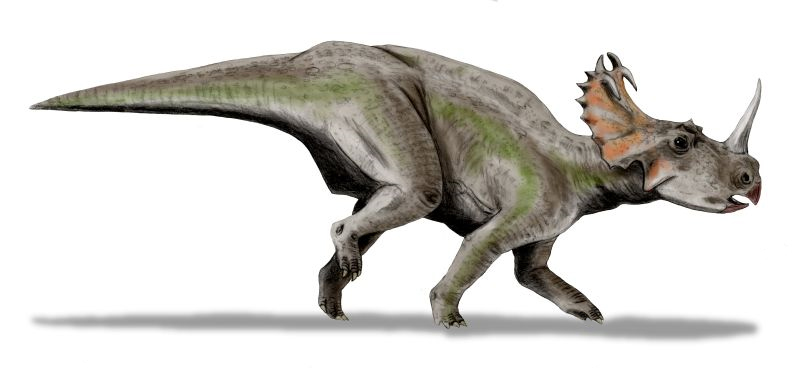
For decades, scientific illustrations and popular media portrayed dinosaurs with gray, brown, or green scaly skin, heavily influenced by their association with modern reptiles like crocodiles and lizards. This conservative approach stemmed from the limited evidence available to paleontologists before the 21st century. Without preserved skin pigments, scientists relied on phylogenetic bracketing—comparing dinosaurs to their closest living relatives—to make educated guesses about their appearance. The “shrink-wrapped” aesthetic, which tightly wrapped skin over skeletal structures, further contributed to the austere image of dinosaurs as purely functional creatures without decorative features. These representations reflected the scientific paradigm of the time, which emphasized dinosaurs as “terrible lizards” rather than the diverse and often colorful animals we now understand them to be.
Revolutionary Discoveries: Melanosomes and Preserved Pigments

The revolutionary breakthrough in understanding dinosaur coloration came in 2010 when scientists identified microscopic structures called melanosomes in fossilized dinosaur feathers. Melanosomes are organelles responsible for producing and storing melanin, the most common biological pigment in animals. By comparing the shape, size, and arrangement of these ancient melanosomes to those in modern birds, researchers could determine the actual colors of certain feathered dinosaurs. The first such discovery involved Sinosauropteryx, a small theropod dinosaur from China that was found to have a rusty-red striped tail. This finding was momentous because it provided direct evidence of dinosaur coloration rather than speculation. Further studies revealed preserved pigments in other specimens, including Anchiornis huxleyi, which sported a striking pattern of black and white feathers with a rufous crest, demonstrating that some dinosaurs possessed remarkably colorful and patterned appearances.
Beyond Feathers: Evidence for Colorful Scales and Skin
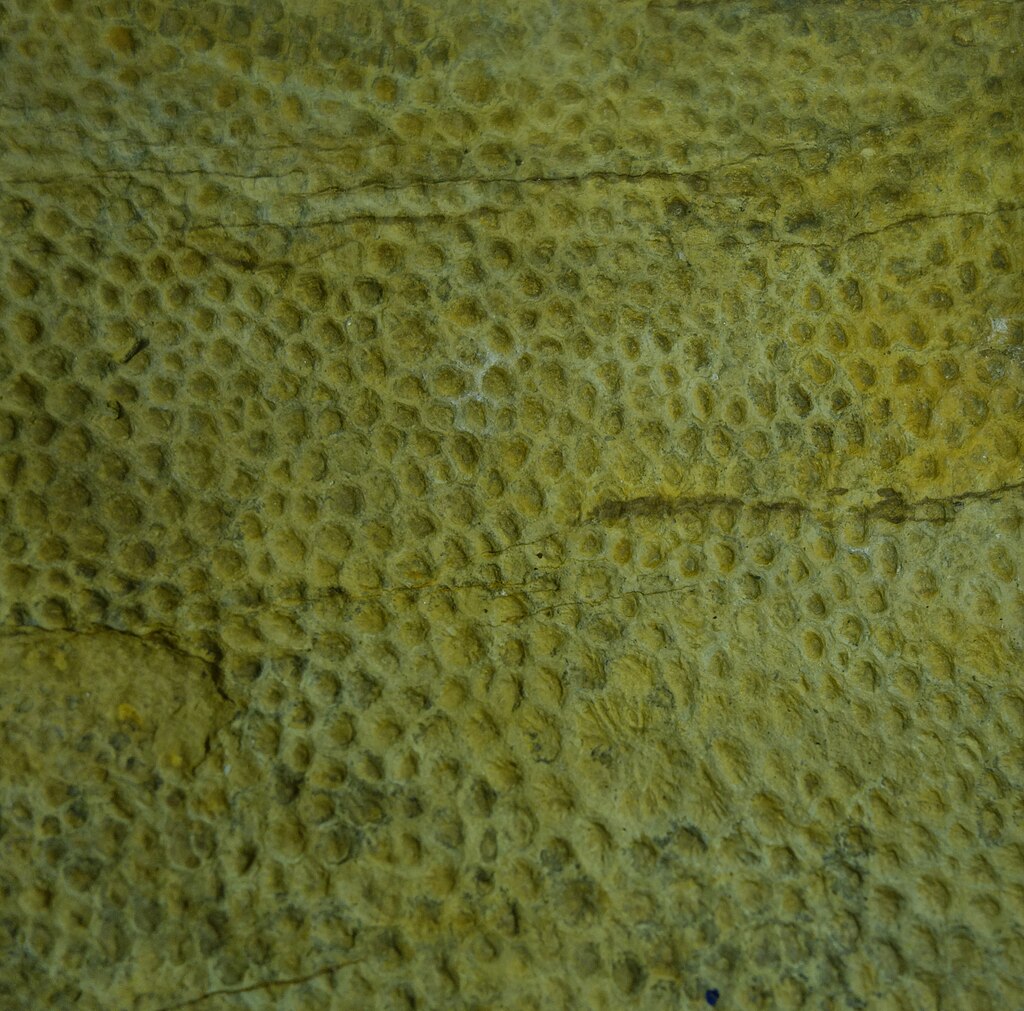
While feathered dinosaurs have provided the most direct evidence for coloration, research suggests that even dinosaurs with predominantly scaly skin likely exhibited vibrant colors and patterns. Analyses of exceptionally preserved skin impressions from hadrosaurs (duck-billed dinosaurs) reveal intricate scale patterns and possible evidence of differing pigmentation. Psittacosaurus, a ceratopsian dinosaur, provided groundbreaking evidence when chemical analysis of its fossilized skin revealed a pattern of countershading—darker on top and lighter underneath—a form of camouflage common in modern animals. Some studies have identified possible chromatophores—specialized cells containing pigment—in dinosaur skin impressions, suggesting they may have had color-changing abilities similar to some modern reptiles and amphibians. These discoveries collectively suggest that scaly dinosaurs were not simply drab and monochromatic but likely displayed complex coloration patterns that served important biological functions.
The Science of Fossil Coloration: How We Know

Determining the colors of extinct animals requires sophisticated scientific techniques that have only recently become available to paleontologists. Scanning electron microscopy (SEM) has proven essential for identifying and characterizing melanosomes in fossilized feathers and skin, revealing their size, shape, and arrangement—all indicators of different pigments. Synchrotron Rapid Scanning X-ray Fluorescence (SRS-XRF) has allowed scientists to detect traces of metals associated with different pigments, mapping their distribution across fossil specimens. Mass spectrometry techniques have identified chemical signatures of various pigments, including porphyrins and other organic compounds that degrade more slowly than the pigments themselves. Researchers also employ comparative analysis, contrasting preserved structures in fossils with those in modern animals whose coloration is known, allowing for reasonable extrapolations about dinosaur appearance. These complementary approaches have revolutionized our understanding of prehistoric coloration, transforming paleontology from a field of educated guesswork to one with empirical evidence about dinosaur appearance.
Camouflage Strategies in the Mesozoic World
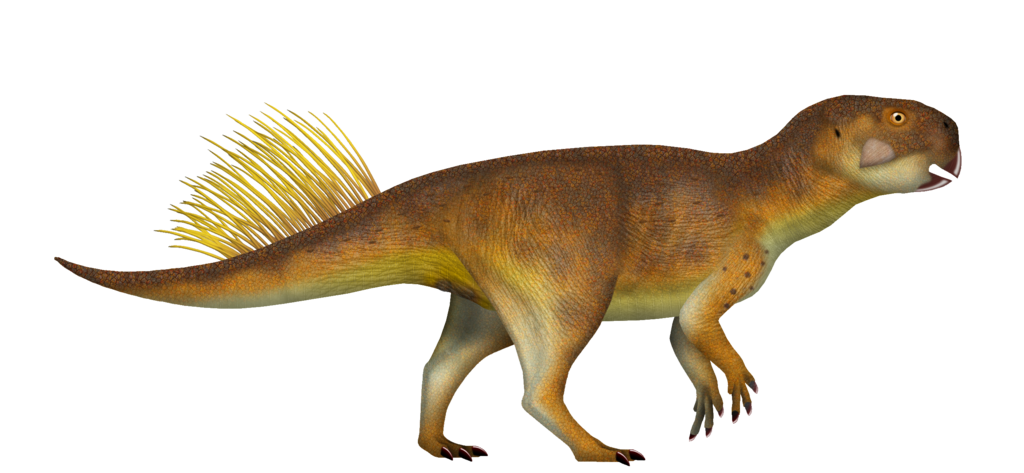
Evidence strongly suggests that many dinosaurs employed sophisticated camouflage strategies to survive in their respective environments. Countershading—darker coloration on top and lighter underneath—has been definitively identified in Psittacosaurus and likely existed in many other species, helping to reduce visual cues to predators by counteracting the effects of sunlight and shadow. Disruptive coloration, involving contrasting patterns that break up an animal’s outline, appears to have been present in several small theropods based on preserved melanosomes patterns, making them harder for predators to recognize. Background matching, where an animal’s coloration resembles its environment, was likely widespread among dinosaurs that lived in forests, deserts, and coastal regions. Some dinosaurs may have employed seasonal camouflage changes, altering their coloration with molts or physiological changes to match seasonal variations in their environments. These strategies, similar to those used by modern animals, would have provided crucial survival advantages in the competitive ecosystems of the Mesozoic Era.
Sexual Selection and Display Colors
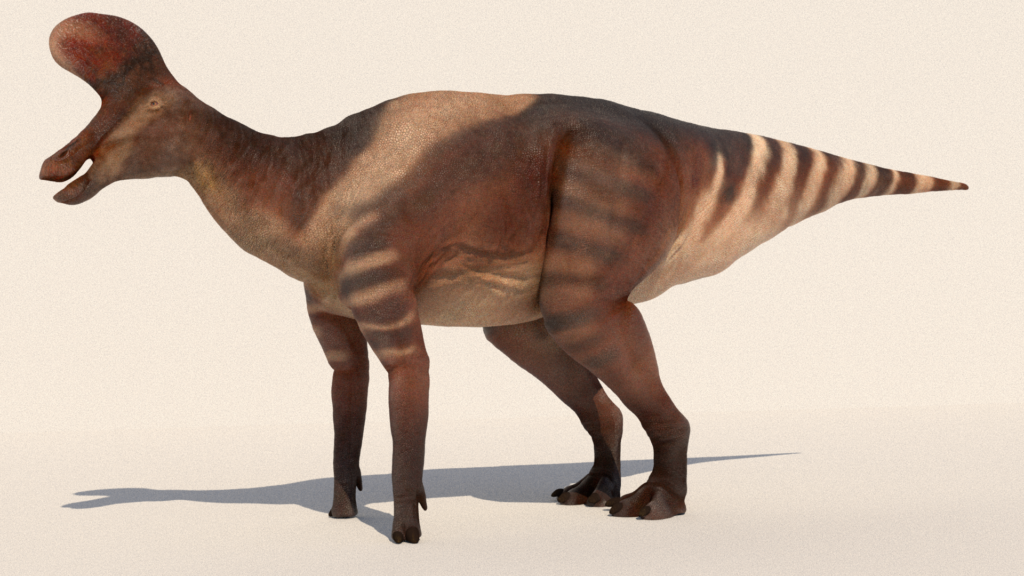
Beyond mere survival, colors and patterns likely played critical roles in dinosaur mating behaviors and social dynamics. Many dinosaur species possessed elaborate cranial crests, frills, and other anatomical features that show evidence of being brightly colored, serving as visual signals to potential mates. Sexual dichromatism—where males and females display different color patterns—has been suggested for several dinosaur species based on subtle anatomical differences between presumed males and females, potentially indicating different coloration as well. Seasonal display changes may have occurred during breeding seasons, with some dinosaurs developing more vibrant colors or patterns to attract mates, similar to modern birds. The iridescent feathers found in microraptorine dinosaurs suggest some species may have had shimmering, changeable colors that could be displayed during courtship rituals. These colorful adaptations would have facilitated species recognition, helped establish dominance hierarchies, and allowed for the evolution of complex social and mating systems among dinosaurs.
Thermoregulation Through Color

Color likely served important thermoregulatory functions for dinosaurs, helping them manage body temperature in various environments. Darker pigmentation, particularly in melanin-rich areas, would have allowed dinosaurs to absorb more solar radiation, potentially helping them warm up faster in the mornings or in cooler climates. Conversely, lighter coloration in species living in hot, arid environments would have reflected more sunlight, preventing overheating during peak daytime temperatures. Some dinosaurs may have exhibited seasonal color changes, developing darker winter coloration and lighter summer patterns to optimize heat absorption based on environmental conditions. Regional color variations within a single animal—such as darker backs and lighter undersides or extremities—could have helped regulate blood flow and temperature across different body parts. For large dinosaurs with significant heat retention challenges, coloration may have worked in conjunction with other thermoregulatory adaptations like heat exchange surfaces and specialized blood vessels to maintain optimal body temperatures.
Warning Coloration and Mimicry

Aposematic or warning coloration—bright, contrasting patterns that advertise toxicity or other defenses—may have been employed by certain dinosaur species, particularly smaller ones vulnerable to predation. Some ceratopsians and ankylosaurs may have used their distinctive head shields and armor as canvases for warning coloration, amplifying the visual impact of their defensive structures. Batesian mimicry, where harmless species evolve to resemble dangerous ones, could explain why certain unarmored dinosaurs appear to have coloration patterns similar to their well-defended relatives. Evidence from feathered dinosaurs suggests some species had stark black-and-white patterns or bold color contrasts that would have been highly visible, potentially signaling to predators that they were tough prey or possessed other defenses. The presence of toxic or bad-tasting compounds has been suggested for some dinosaur species based on their unusual dentition or feeding habits, which would have made warning coloration an advantageous evolutionary strategy. These defensive color adaptations would have contributed to the complex predator-prey dynamics of Mesozoic ecosystems.
Recreating Dinosaur Colors: Challenges and Limitations

Despite remarkable advances, reconstructing dinosaur coloration remains challenging and subject to significant limitations. Preservation bias means that evidence of coloration is exceptionally rare, with the vast majority of dinosaur fossils lacking any preserved pigment information, making broad conclusions about dinosaur coloration patterns difficult. Taphonomic processes during fossilization can alter or destroy pigments, potentially leading to misinterpretations of original coloration, as chemical changes over millions of years transform biological compounds. Technical limitations of current analytical methods mean that certain pigments, particularly those that degrade quickly, remain undetectable in the fossil record, potentially giving us an incomplete picture. Behavioral and environmental context is often missing, making it difficult to understand how coloration related to habitat, behavior, or predator-prey relationships. Finally, our understanding is heavily biased toward feathered dinosaurs from exceptional preservation environments like the Jehol Biota of China, potentially skewing our overall picture of dinosaur coloration across different groups and time periods.
Case Studies: Colorful Dinosaurs We Know About
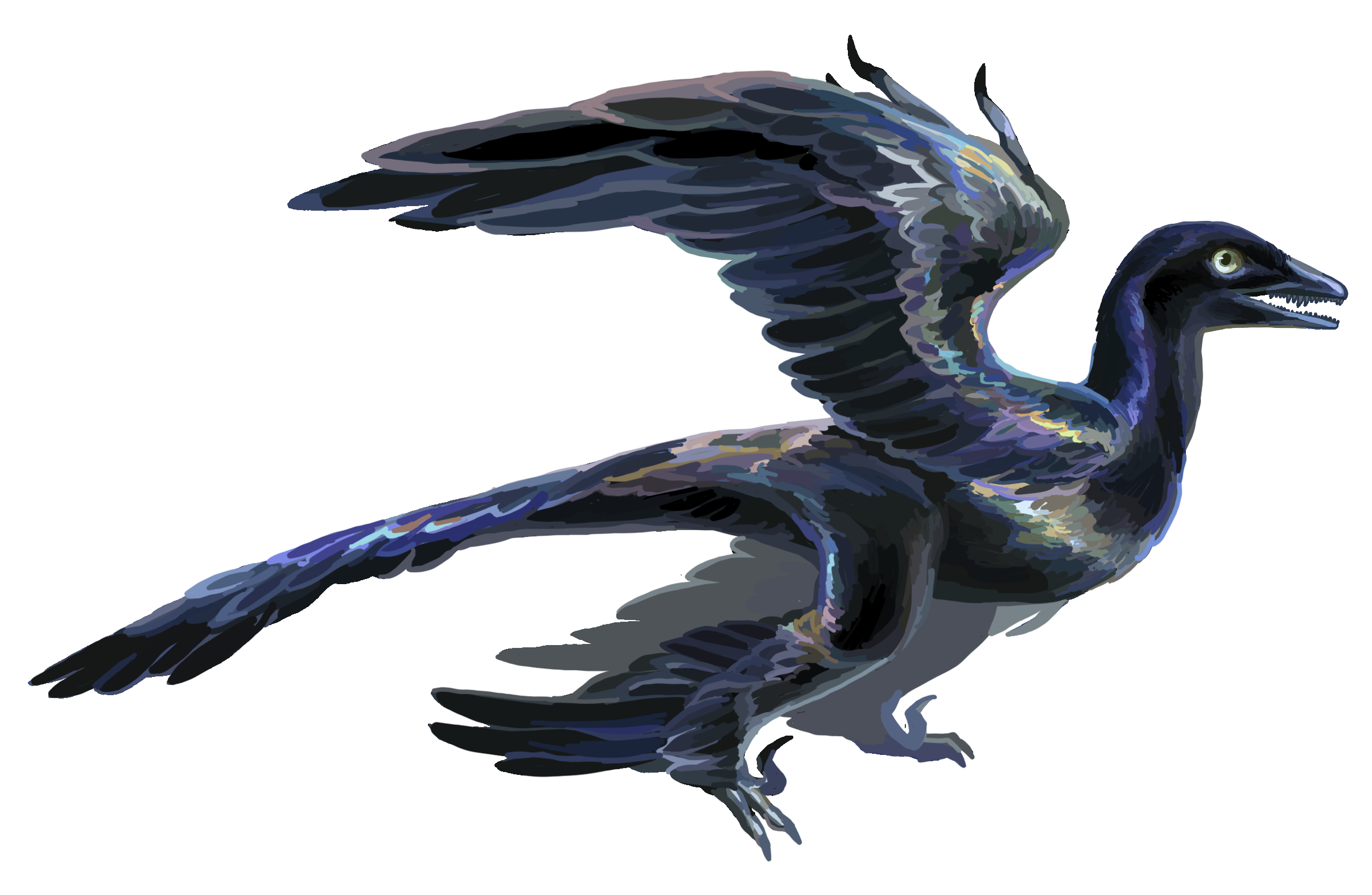
Several remarkable fossil discoveries have provided concrete evidence of dinosaur coloration, revolutionizing our understanding of these ancient creatures. Microraptor, a small four-winged dinosaur, has been shown to have possessed iridescent black feathers that would have created a glossy, crow-like appearance, suggesting it may have used visual displays for communication or mating. Anchiornis huxleyi has been reconstructed with remarkable precision, revealing a striking pattern of black and white feathers with a rusty red crown, demonstrating complex patterning that likely served social and species recognition functions. Sinosauropteryx prima, one of the first dinosaurs analyzed for color, possessed a ginger-and-white striped tail and a “bandit mask” facial pattern, possibly used for camouflage in the forests of ancient China. Psittacosaurus, a ceratopsian dinosaur, showed countershading with a darker back and lighter underside, along with unique patterns on its cloaca and face, representing one of the few non-feathered dinosaurs with known coloration. Borealopelta, an exceptionally preserved armored dinosaur, showed evidence of reddish-brown coloration and countershading, suggesting even large, well-armored dinosaurs used camouflage to avoid predation.
The Future of Dinosaur Color Research

The field of dinosaur coloration research continues to evolve rapidly, with several promising developments on the horizon. Advanced chemical techniques, including more sensitive mass spectrometry methods, are being developed to detect and analyze pigment traces that were previously undetectable, potentially revealing colors and patterns in a wider range of fossil specimens. Machine learning algorithms trained on modern animal coloration patterns are being applied to predict dinosaur appearances based on ecological niches, phylogenetic relationships, and body structure, providing testable hypotheses about dinosaur coloration. Synchrotron technology advances promise to reveal more detailed chemical signatures in fossils without damaging specimens, potentially allowing analysis of museum specimens previously deemed too valuable for invasive testing. Cross-disciplinary collaboration between paleontologists, chemists, biologists, and computer scientists is increasing, bringing new perspectives and methodologies to the study of ancient coloration. Ongoing exploration of new fossil sites around the world, particularly those with exceptional preservation conditions, continues to yield specimens that preserve traces of original coloration, steadily expanding our dataset of colorful dinosaurs.
Implications for Understanding Dinosaur Ecology and Behavior

The discovery of dinosaur coloration has profound implications for our understanding of prehistoric ecology and behavior. Predator-prey dynamics can now be better understood, as camouflage patterns provide insights into hunting strategies and predator avoidance behaviors, revealing which dinosaurs relied on stealth versus speed or defense. Social structures and herd behaviors are illuminated by coloration evidence, suggesting how visual signals may have facilitated group cohesion, hierarchy establishment, and communication within dinosaur populations. Habitat preferences can be inferred from coloration adaptations, with different patterns indicating adaptation to various environments from dense forests to open plains. Niche partitioning among similar dinosaur species may have been facilitated by distinctive coloration, allowing closely related species to recognize each other and potentially reducing competition. Parental care behaviors may be better understood through coloration evidence, particularly if juveniles had different coloration patterns than adults, possibly for camouflage or to signal their vulnerability within social groups. This growing body of evidence collectively paints a more dynamic and complex picture of dinosaur communities than previously imagined.
From Science to Popular Culture: Changing Perceptions
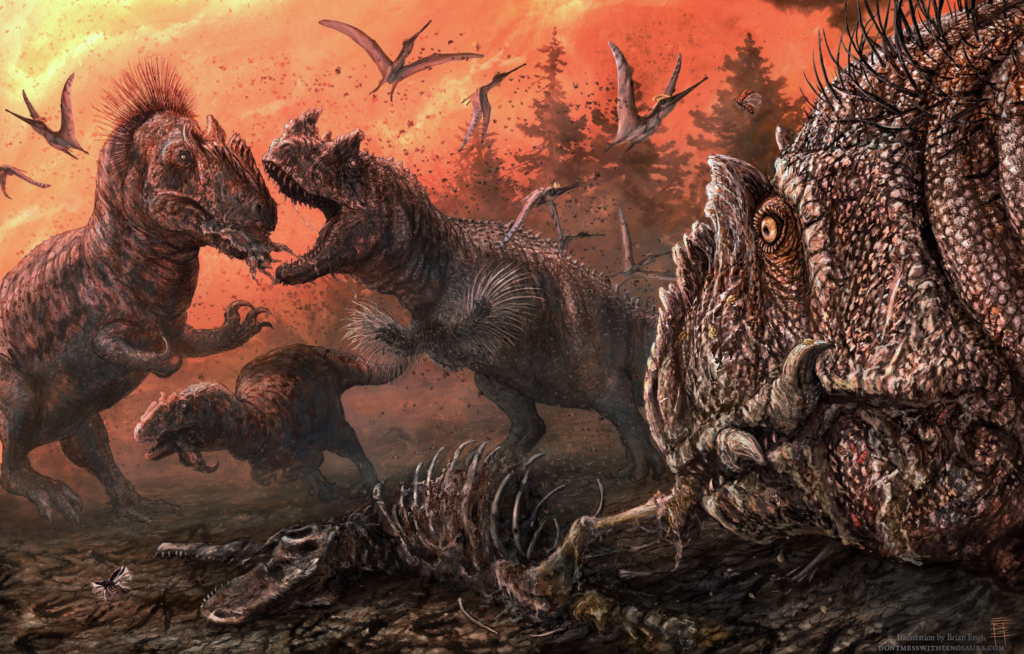
Scientific discoveries about dinosaur coloration have dramatically transformed how these animals are portrayed in popular media and public consciousness. Modern paleoartists now create reconstructions based on scientific evidence rather than speculation, incorporating known coloration patterns and using phylogenetic bracketing more carefully to suggest plausible appearances for species without direct color evidence. Museum exhibitions have undergone significant updates, with many major natural history museums revising their dinosaur displays to reflect current scientific understanding of coloration and appearance. Documentary films like those produced by BBC and PBS have embraced these findings, depicting dinosaurs with vibrant colors and patterns that would have seemed outlandish to viewers just a decade ago. The film industry has gradually incorporated these scientific advances, with movies like “Jurassic World: Dominion” featuring feathered dinosaurs and more varied color patterns than earlier installments. These cultural shifts demonstrate how scientific discoveries ripple beyond academic circles to reshape public imagination, transforming dinosaurs from monochromatic movie monsters into colorful, complex animals that better reflect their true biological nature.
Conclusion
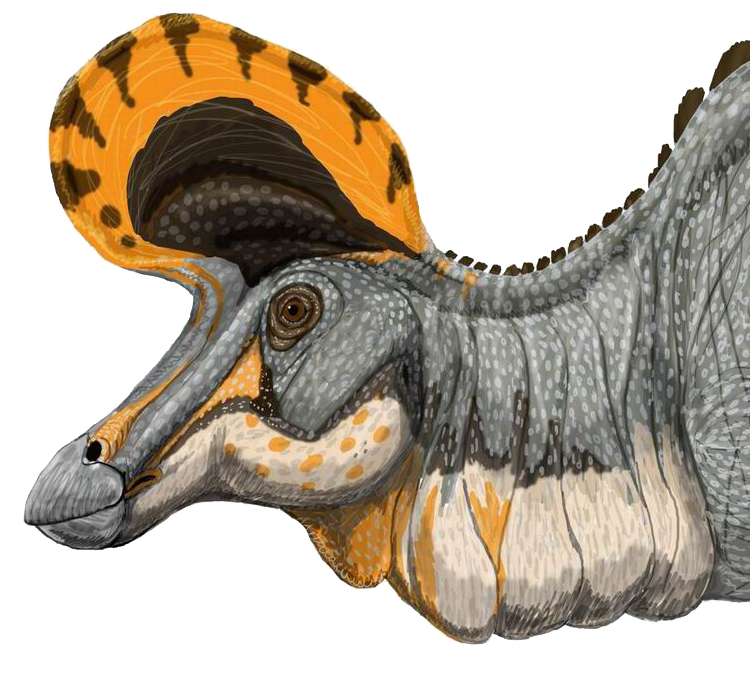
The evidence for colorful, camouflaged dinosaur skin has fundamentally transformed our understanding of these ancient creatures and the Mesozoic world they inhabited. Far from the drab, monochromatic reptiles depicted throughout much of the 20th century, dinosaurs were likely as visually diverse and vibrant as modern birds. Their colors and patterns served crucial biological functions—from camouflage and thermoregulation to sexual display and species recognition. While our knowledge remains limited by preservation challenges and technological constraints, each new discovery adds another splash of color to our picture of prehistoric life. As research techniques continue to advance, we can expect even more revelations about dinosaur appearance, further enriching our understanding of their biology, behavior, and evolution. These discoveries remind us that the prehistoric world was not a muted landscape of grays and greens, but a vibrant ecosystem filled with visual complexity that rivals or exceeds that of modern animals.



